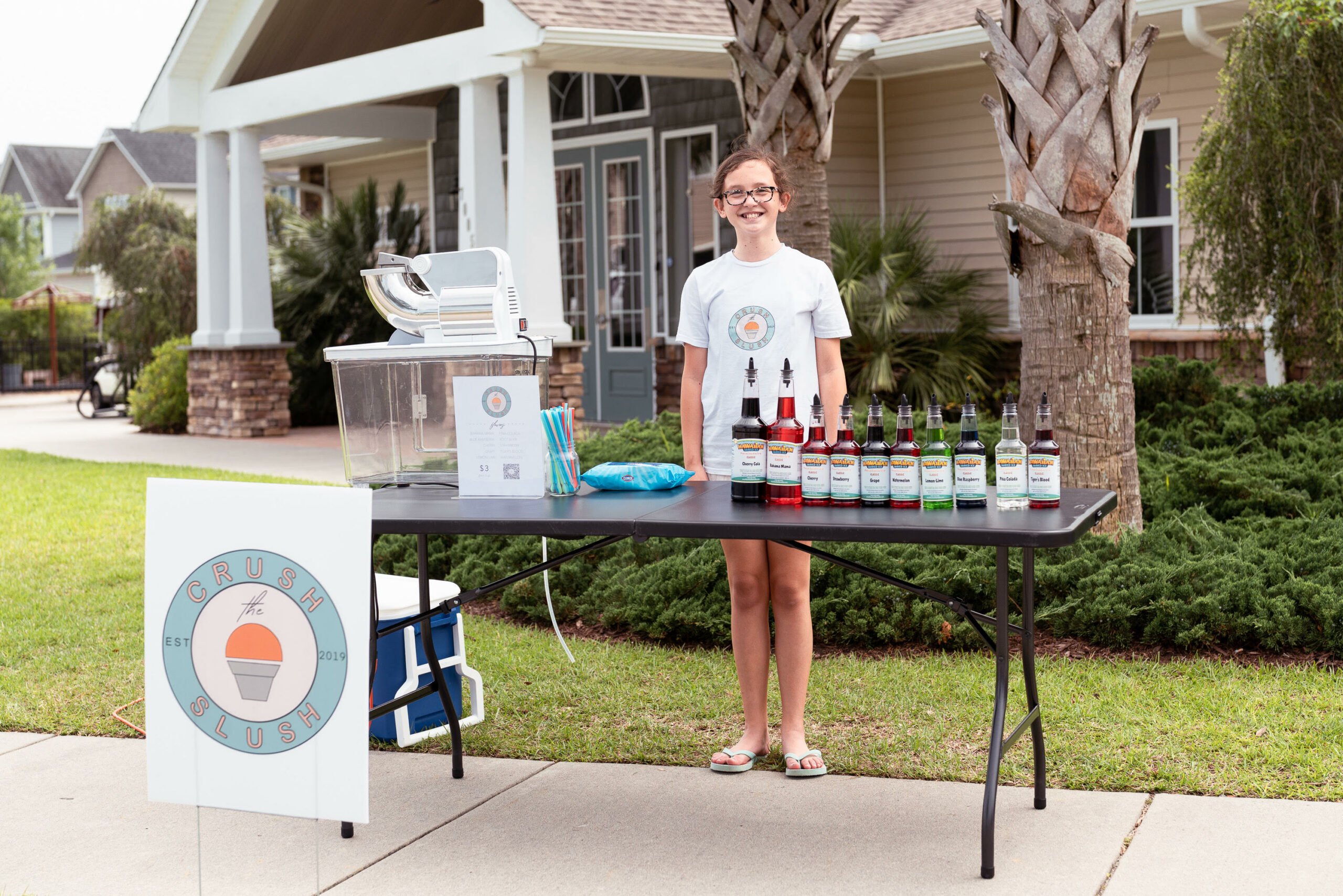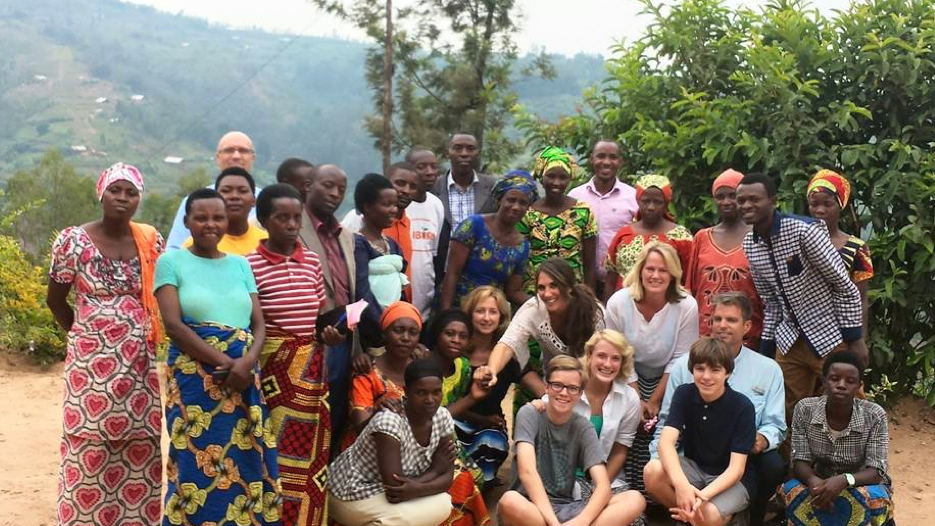Power of Philanthropy
Creating a Culture of Philanthropy
July 26, 2022

As fundraising consultants, we often speak with nonprofits about “creating a culture of philanthropy.” It’s easy to say: It’s short, sweet and memorable. Unfortunately, there’s a risk of sounding cliché, unless its meaning is fully understood and embraced.
Not long ago, I realized we had created a culture of philanthropy in our family, even without using those words. I gave it some thought: “How did it happen? And, if I can figure that out, maybe I can better help my nonprofit clients replicate it within their organizations.”
Here’s the story: A couple of years ago, my 10-year-old daughter started a venture called Crush the Slush. Ava began selling slushies at events and parties in local neighborhoods.
Of course, I love her entrepreneurial spirit, but what I am most proud of is her generous heart.
Rather than pocket all the proceeds, Ava earmarks 10% of everything she makes for charity. Her goal for 2022 is to earn $3,000, so she can give away $300. She is particularly passionate about an organization called Nourish NC that provides food backpacks and boxes to food-insecure children for weekends, summers and school breaks.
That’s when it dawned on me that our family had created its own culture of philanthropy. Here are a few things I realized:
It didn’t “just happen.” Ava’s great, but I know her willingness to strategize, plan, work and give is more than instinctive. It’s her normal lifestyle, coupled with a lot of entrepreneurial spirt. Ava has never been told that giving is something she has to do. Rather, it’s something she “gets” to do.
On reflection, a memory came to mind. For her first birthday party, our theme was The Very Hungry Caterpillar. In lieu of gifts, we asked guests to donate to Nourish NC. We took lots of pictures, which we’ve naturally shared with her over the years. We’ve talked about that party, and many others, where, instead of asking for gifts for ourselves, we were able to give to causes we knew were changing lives.
We’ve all heard the adage, “More is caught, than taught.” Ava caught our family’s message of philanthropy, and it naturally became a part of her philosophy, as well.
All this thinking underscored what I already knew to be true for nonprofits: When it comes to creating a culture of philanthropy, the motivation must be genuine (mission-driven, not money-minded); and the mindset should be valued by everyone in the organization (not just one or two enthusiasts).
Ultimately, the whole of a culture, whether it’s a family or nonprofit (staff, board members, donors, volunteers, etc.) is greater than the sum of its parts. In the end, that is the power of philanthropy.
Share This Story




